|
|
 |

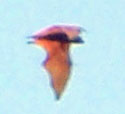 Feb 2, 2010 Feb 2, 2010
The Giant Fruit Bats of San Juan, Batangas
Vanishing Bats
Upon the request of Counselor Noel Pasko of San Juan, Batangas to UP Mountaineers' Fredd Ochavo to validate attractions in his area for eco-tourism, Fredd assembled a UPM contingent composed of myself, Tope and Mark, to come along for a trek to view the giant fruit bats of Brgy. Laiya Aplaya. They boast a wing span of a meter and said to be quite a spectacle. Even with a guide, it wasn't sure if we would actually see any of the bats. While they numbered in the thousands at one point, hunting, poaching, and loss of habitat have reduced their numbers. Some have moved away to a more remote location.
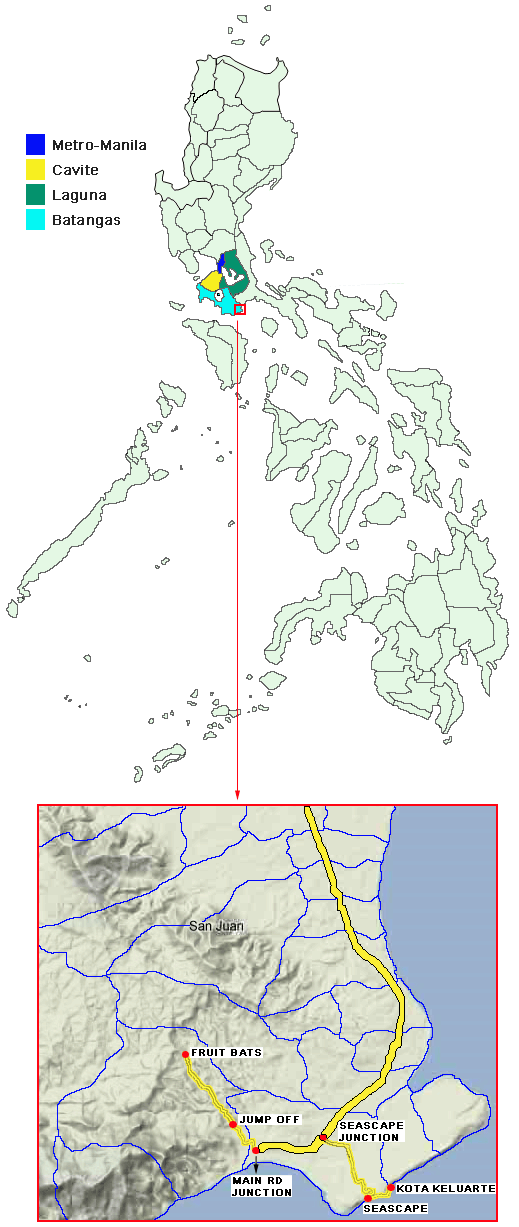
The Forest Caretakers
It is the counselor's vision for the community to generate revenue from these bats through eco-tourism as a means to not only provide a livelihood for his constituents, but also have the community ensure the safety of the bats through conservation and habitat protection (read: no to logging and no to hunting!).
Meter-Long Wing Span
After leaving Manila at 4am, we finally reached Brgy. Laiya Aplaya shortly before 10am. We were finally at the jump off. It was the start of a 2-hour trek with several river crossings until we veered-off the river and started our ascent to an elevation of 145 meters. We came upon a single-track ridge where across the valley, we saw the bats clustered together hanging upside down a huge imposing tree (yes, a tree...not inside a cave!). They were sleeping but not long after, a few started flying off. With their wing span in full spread, they were indeed huge. The meter-long wing span was not an exaggeration. The more mature bats had a deeper brown hue, almost blackish, and were the biggest, perhaps exceeding a meter. They numbered close to 50, with some flying in from different directions.
Seascape
An unexpected highlight of the trip was our lodging for the night - Seascape; an ambitious but abandoned resort by xxxxxx Bay. It's strategically located at the base of the Verde passage triangle which National Geographic labeled "the most diversified marine ecosystem in the world". All these years, I thought the corals can only be seen in front of La Luz Resort in Laiya. But from what the counsilor told me, the coral reef in front of Seascape is a 10-km stretch! The corals were vivid and abundant - too bad I didn't get to snorkel.
World's Biggest Marine Aquarium
An interesting feature of the resort was the creation of perhaps the largest marine aquarium in the world. An extensive stone wall was erected to contain the sea water that's fed into a basin flanked against the mountain wall. It would have been mind-blowing to be swimming inside a gigantic aquarium with open access to the sea! It's unfortunate that the owner, a marine biologist, did not live long enough to realize the completion of the project.
Ending Thoughts
The fruit bats is only one of many eco-tourism projects envisioned by Counselor Pasko. Included in the grand design are the following:
- developement of the hot spring of Pulang Buhangin
- grooming of the 20-km ridge hike/mountain bike trail that spans the Susong Dalaga mountain range (from San Juan to Laiya!)
- bird watching at Pinagbayanan
When you think about it, it's ingenious to have the local community take ownership of the municipality's conservation efforts. By making eco-tourism a revenue generating project for them by way of guiding tourists, the locals themselves will self-police their vicinity against anything that causes destruction of habitat. Afterall, without the forest, the birds and the bats will go away or just disappear. With a new source of revenue, current livelihood will shift from the traditional charcoal making (which causes deforestation as trees are cut down to make charcoal). Likewise, the community will turn vigilant against hunting and poaching.
These measures are by far more effective than simply outlawing charcoal making or logging. In a poor country, a hungry stomach and mouths to feed take precedence against conservation efforts. But by creating an alternative livelihood for the community that preserves the ecosystem, it is hoped that they abandon the old ways and instead be the stewarts of habitat preservation.
--- TheLoneRider
- 4:00 am - departure of Jam Transit (Edsa near corner Timog) bound for Batangas City, via Calabarzon with exit at Tambo (Lipa City). Alight at Tambo Exit: P132.00
- 5:15 am - arrived Tambo exit. Take a jeep to Lipa City and alight at the McDonald's: 10 mins, P7.00
- 6:20 am - take a jeep to San Juan: 1 hour, P50.00 (if you're not too early, you can take the van instead for P60.00)
- 7:22 am - arrival San Juan. Had breakfast
- 9:00 am - take jeep to Brgy. Laiya Aplaya: 45 mins
- 9:45 am - arrived Laiya
- 10:00 am - start trek: 2 hours
- 12:00 pm - arrival at bat tree

020210
»» next story: Recon Ridge Ride in San Juan, Batangas
»» next mountaineering story: Day Hike to the Japanese Shrine and Casaroro Falls
»» back to Mountaineering
»» back to Homepage
|
 |


WANT YOUR SITE
TO RANK HIGHER ON
 Google rank:
Google rank:
#1 out of 425,000
as of July 9, 2010
Keywords:
traveling, skin diving
mountain biking
SEO Service
Web Design Service
 |

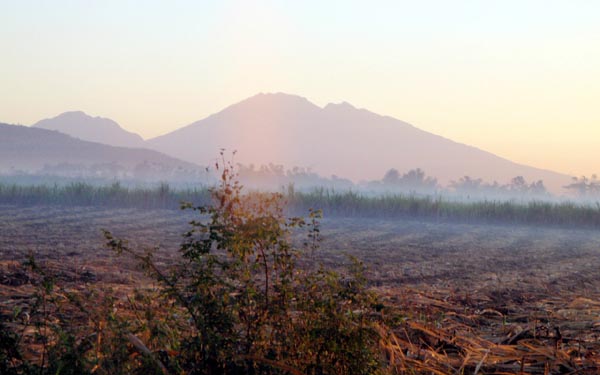
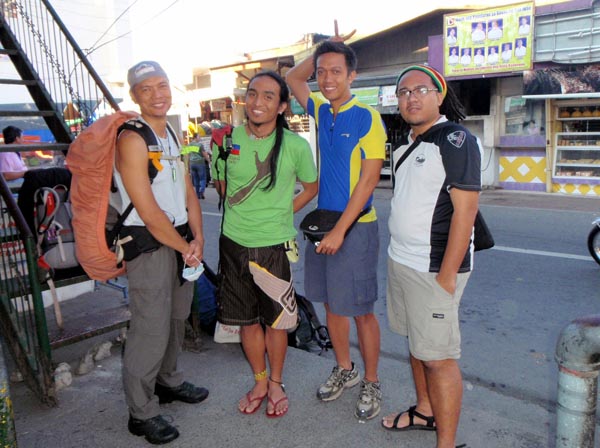
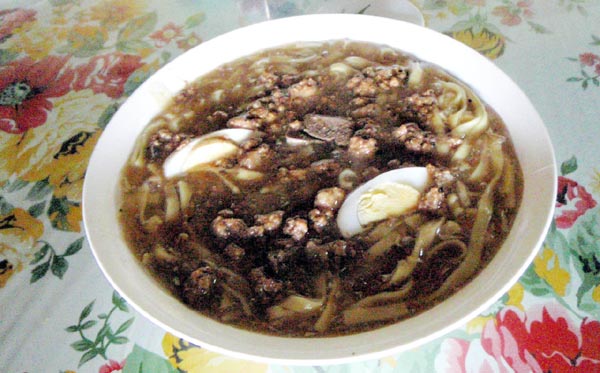
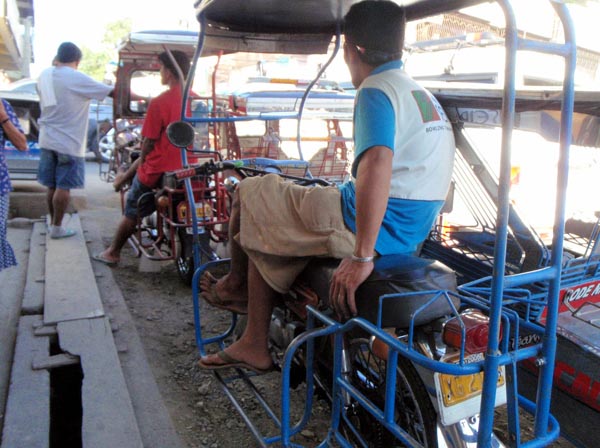
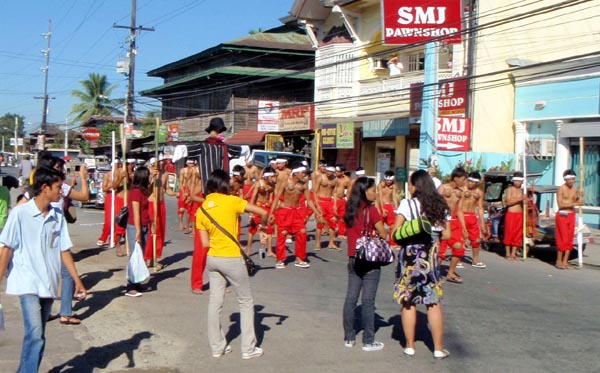
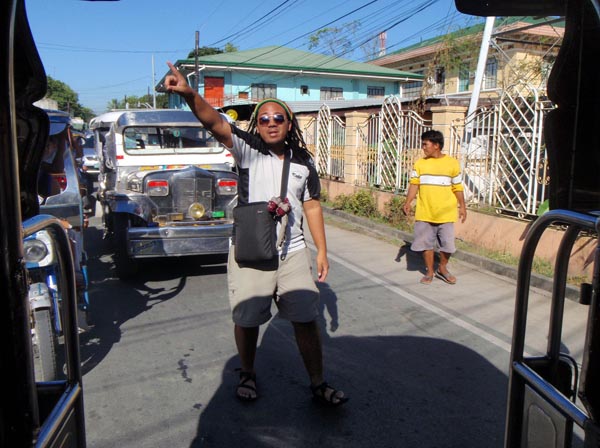
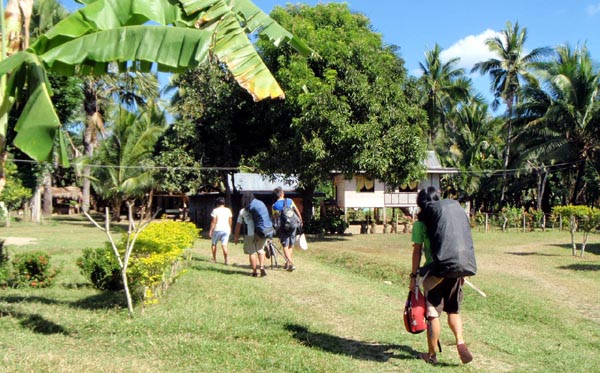
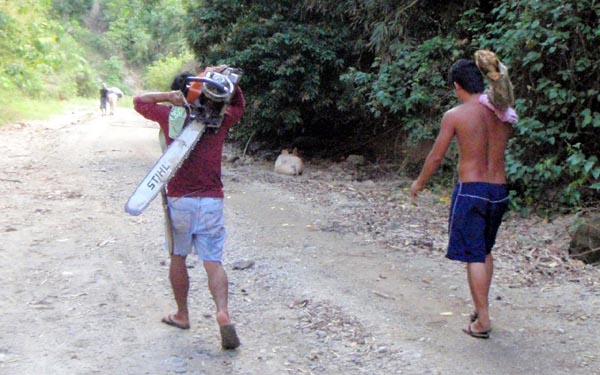
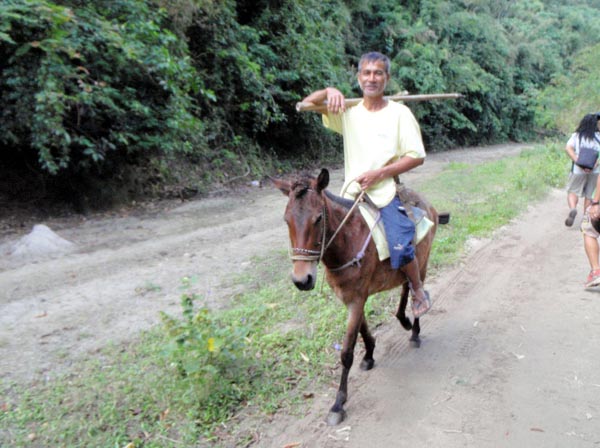
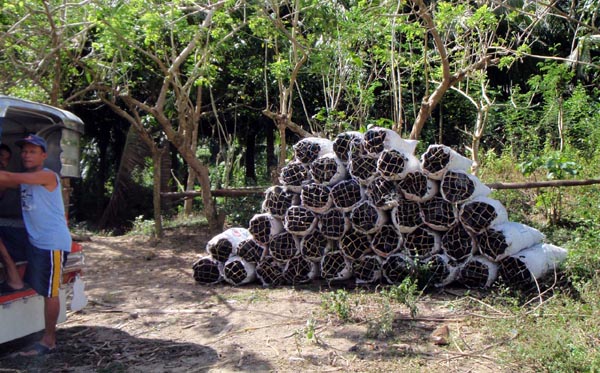
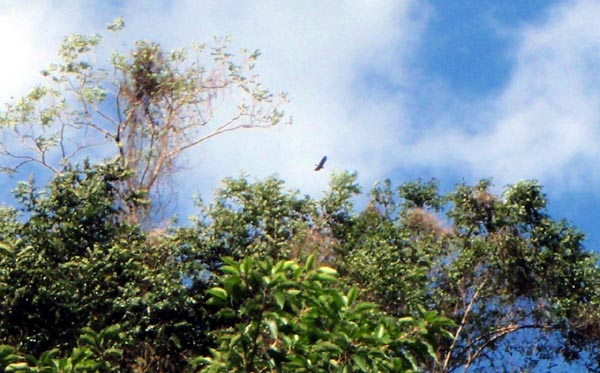
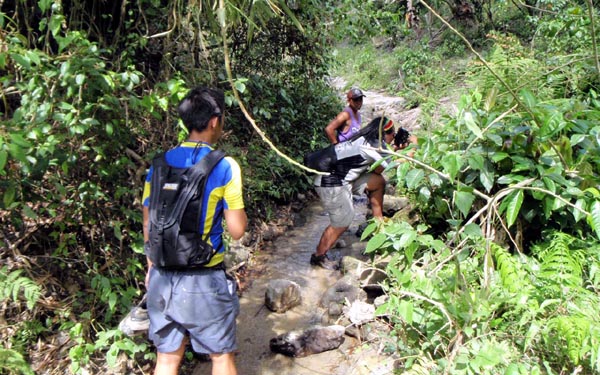
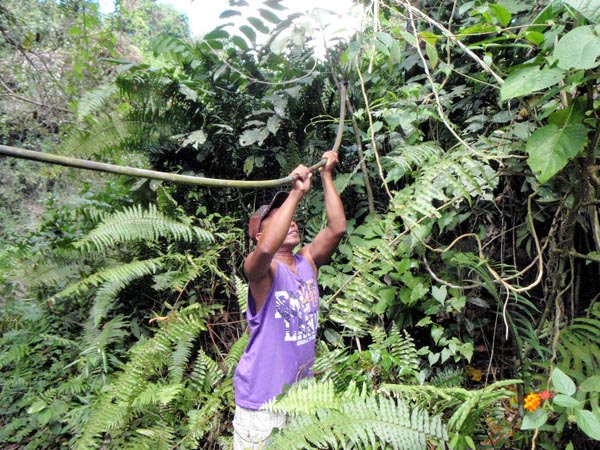
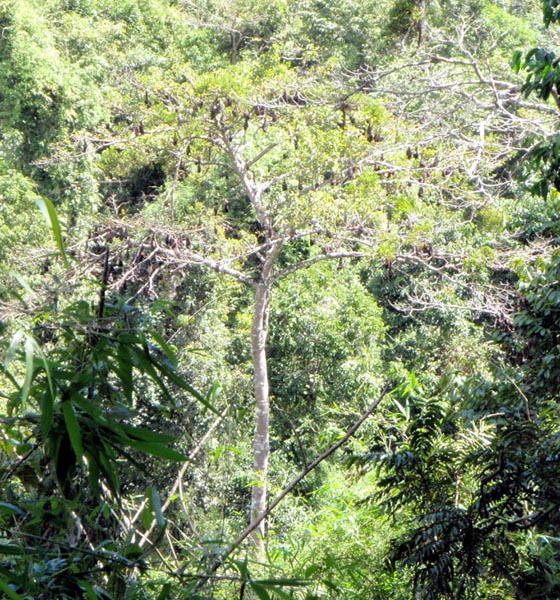
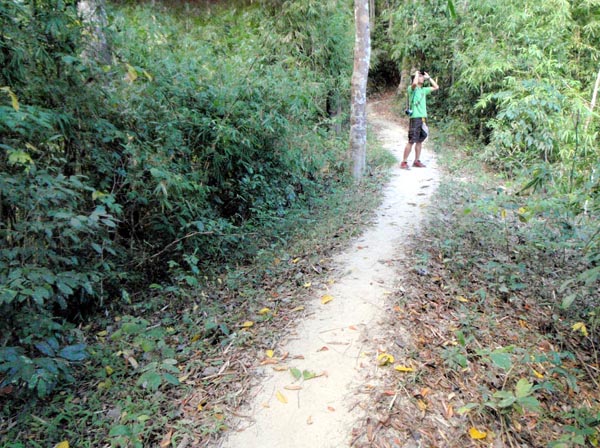
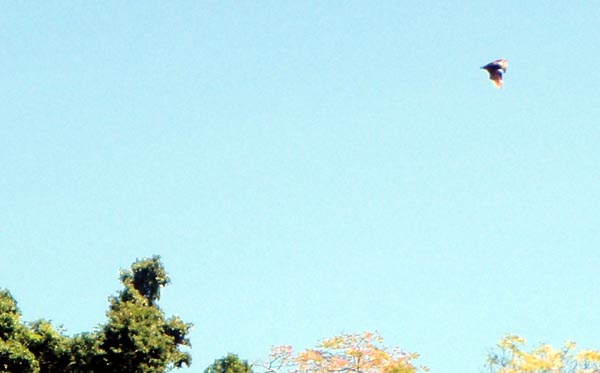
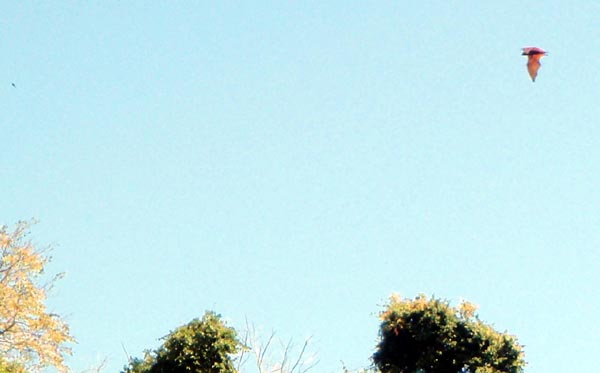
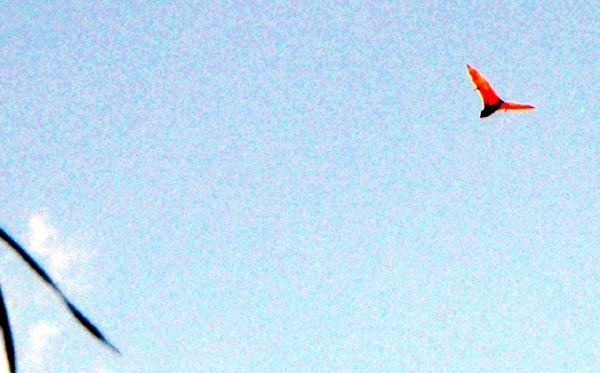
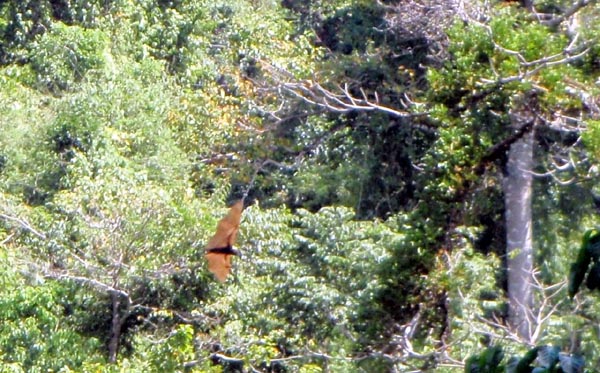

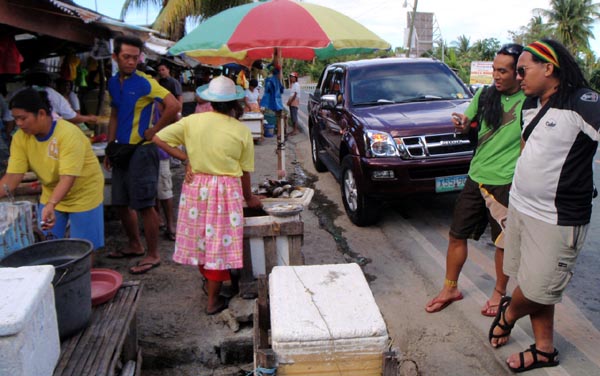
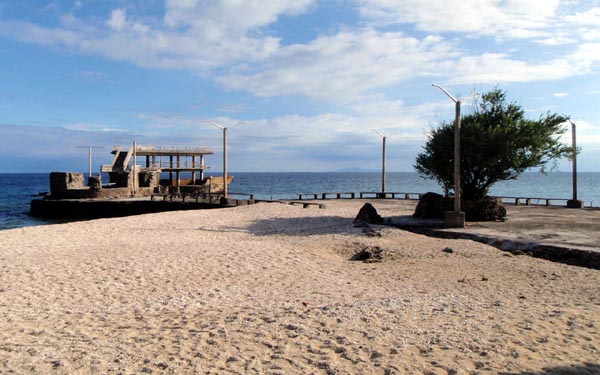
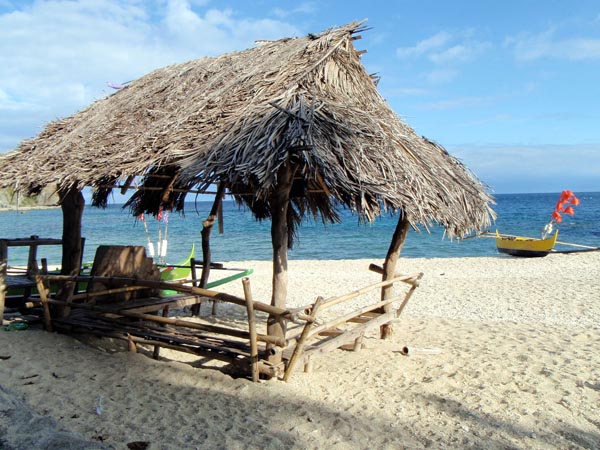
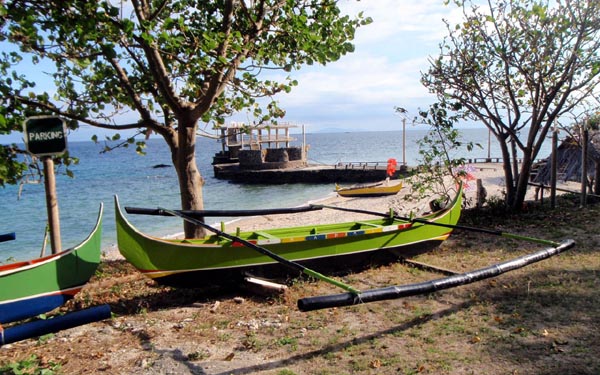
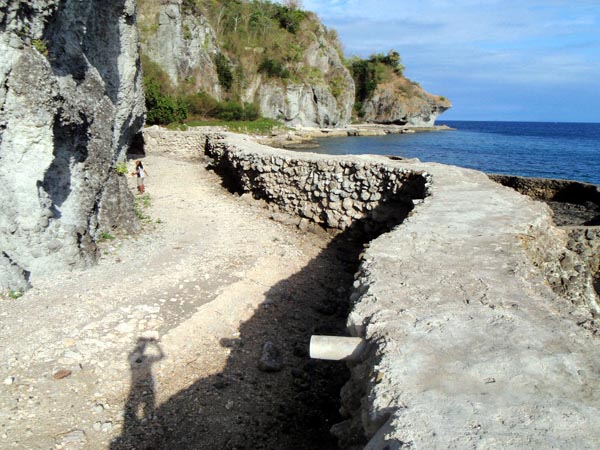
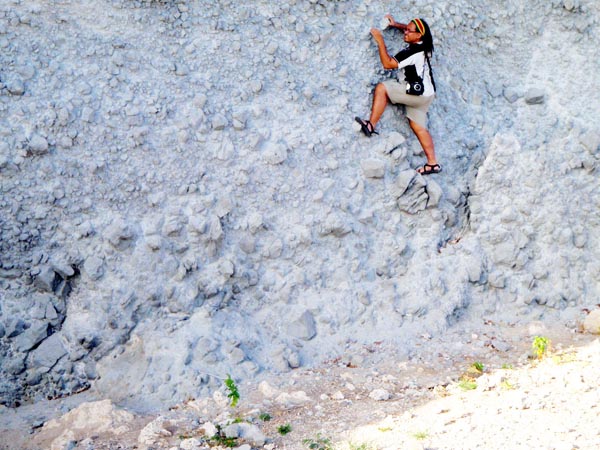
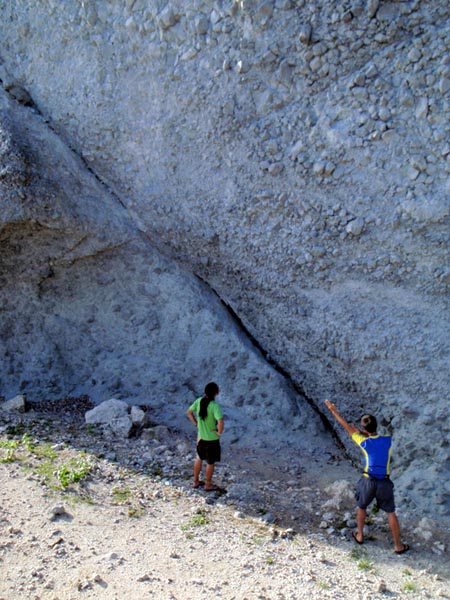
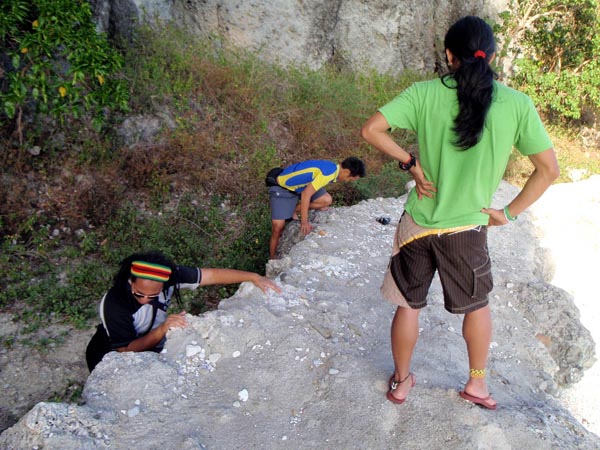
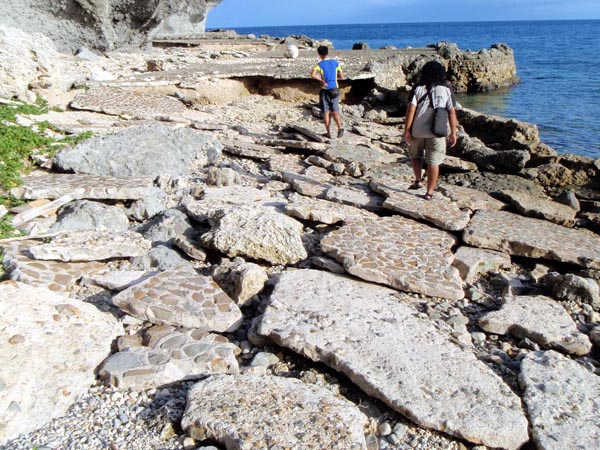
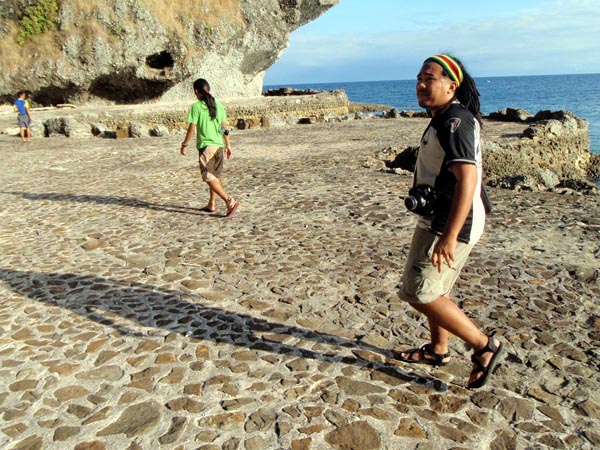
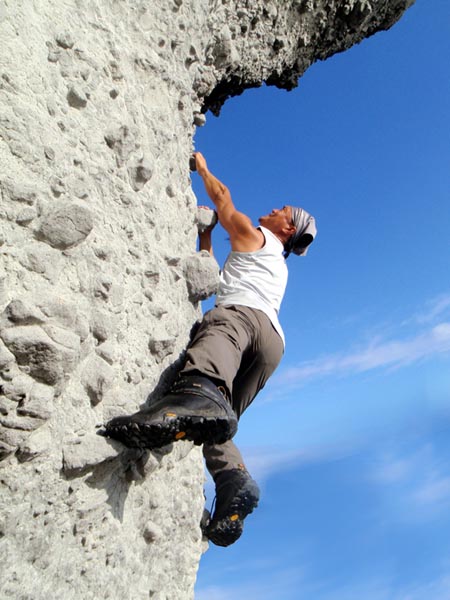
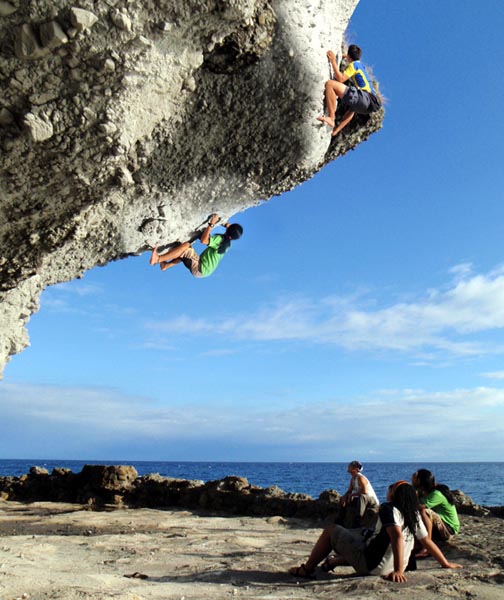
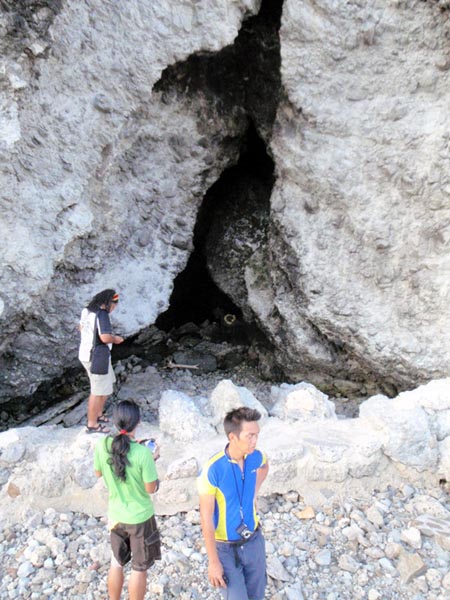
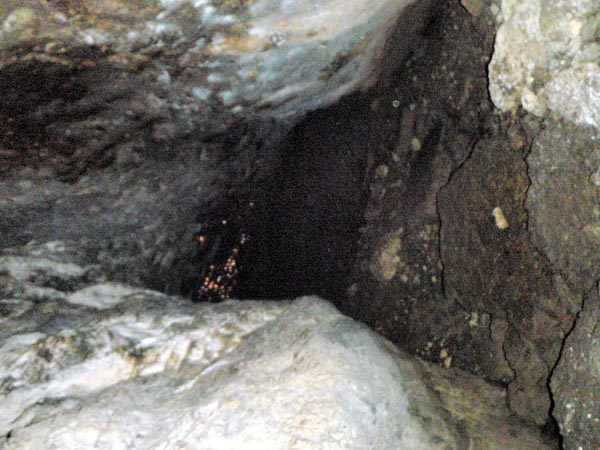
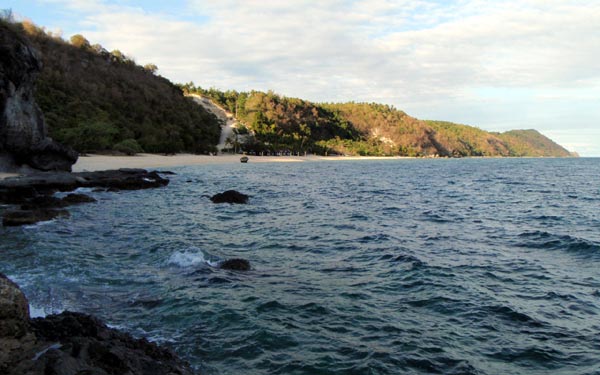
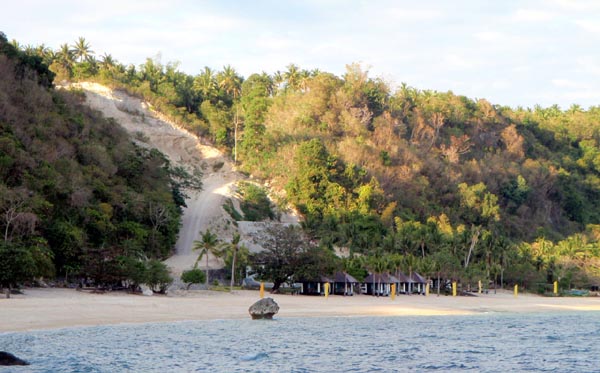
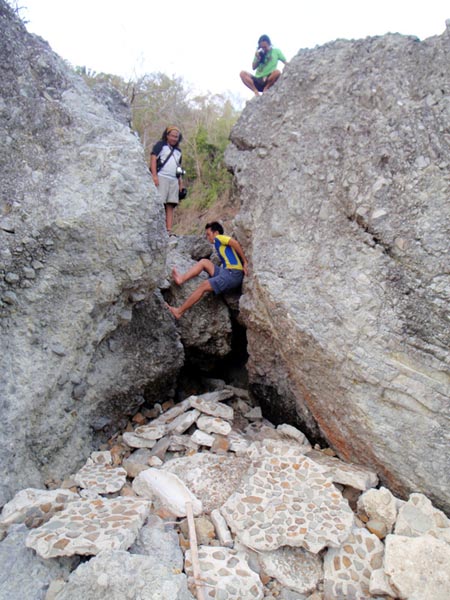
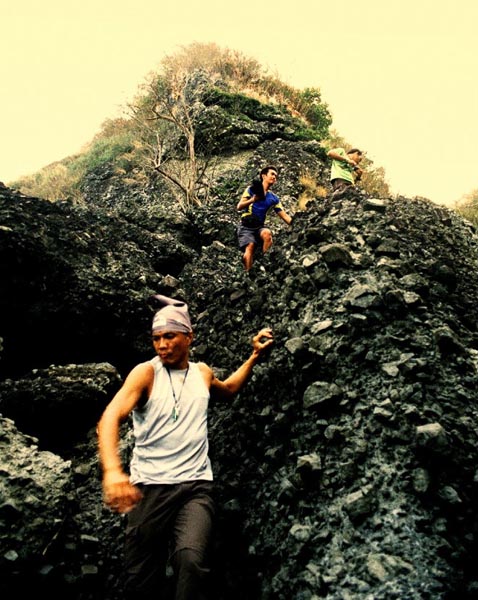

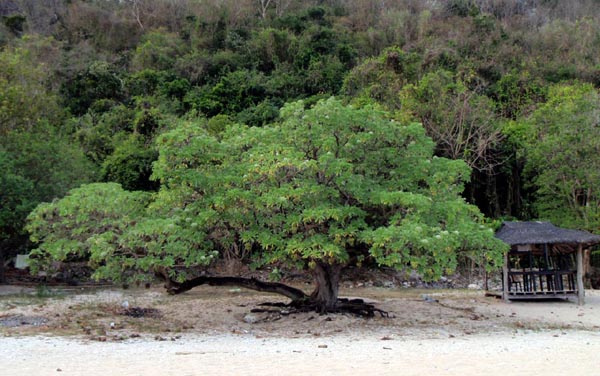
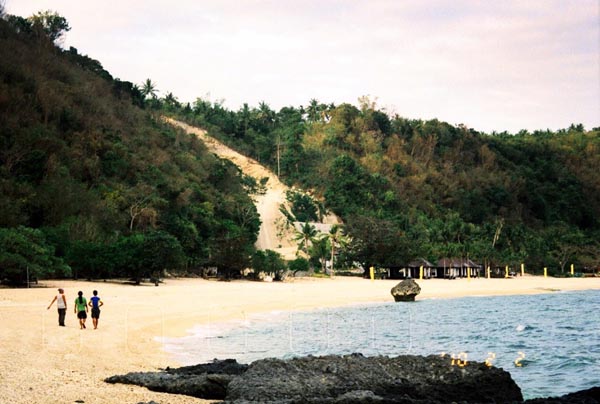
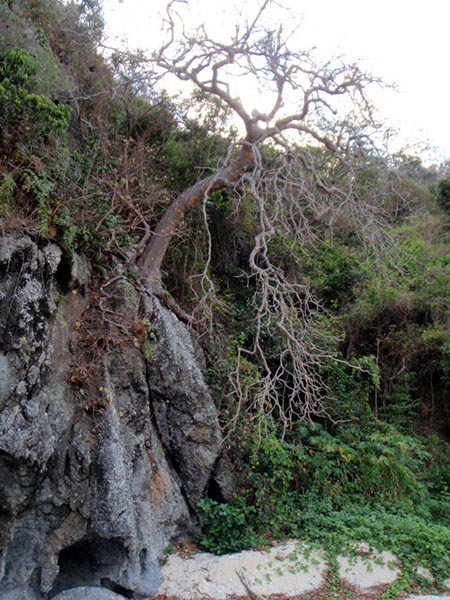
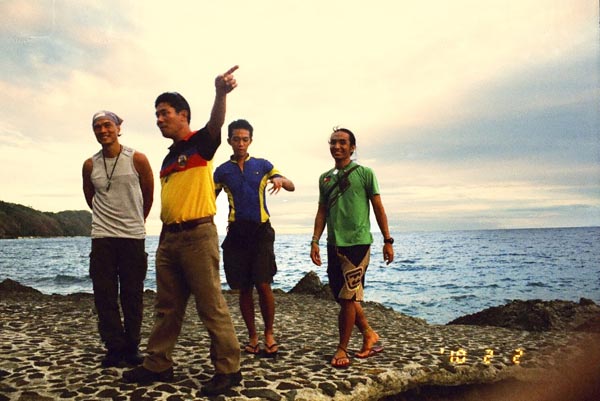
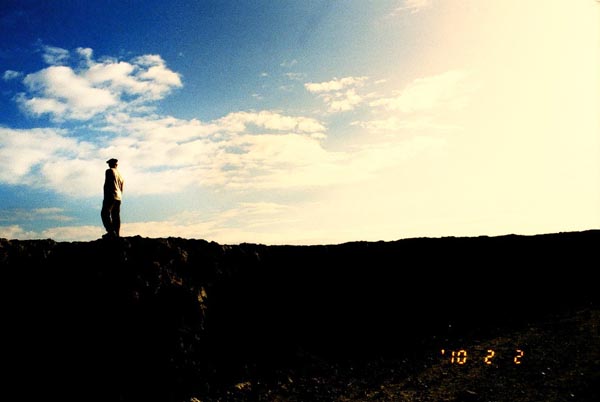
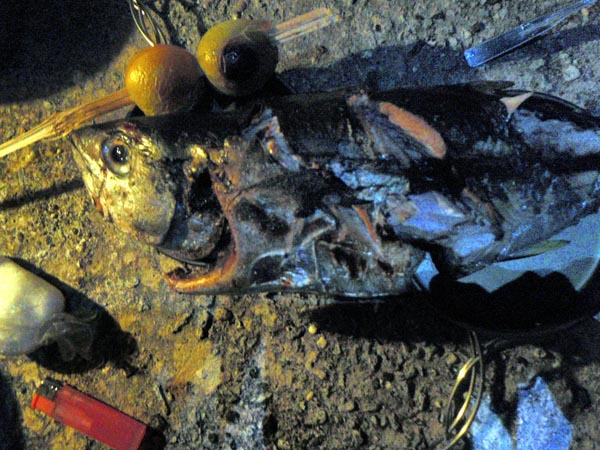
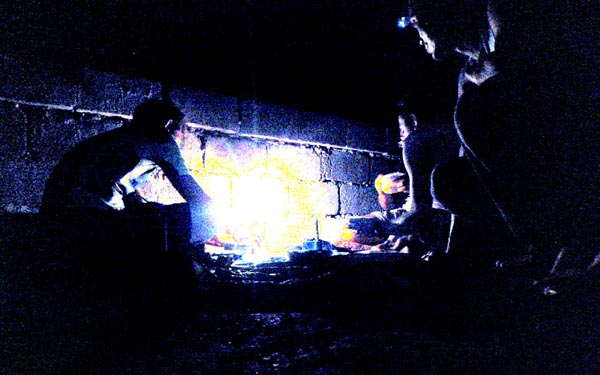
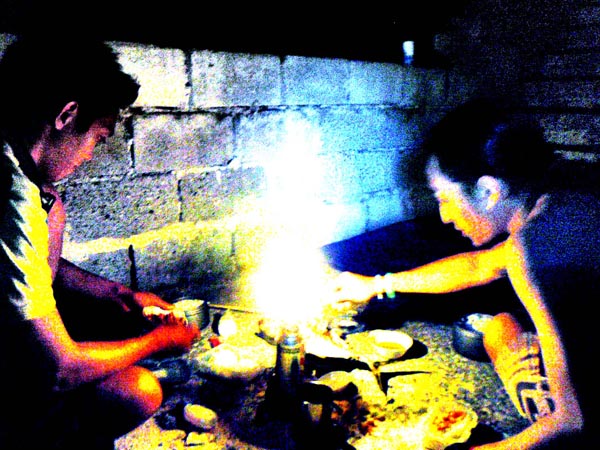
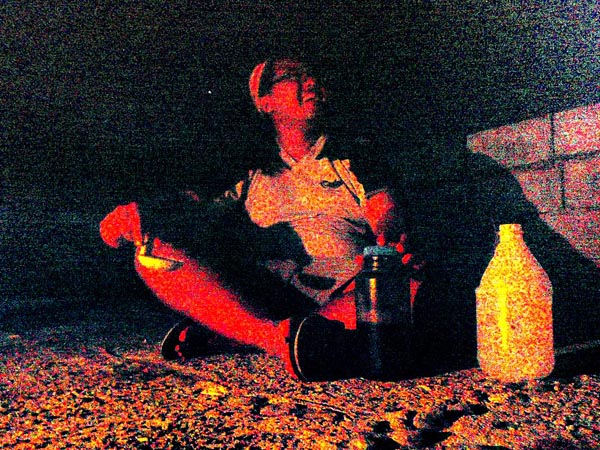
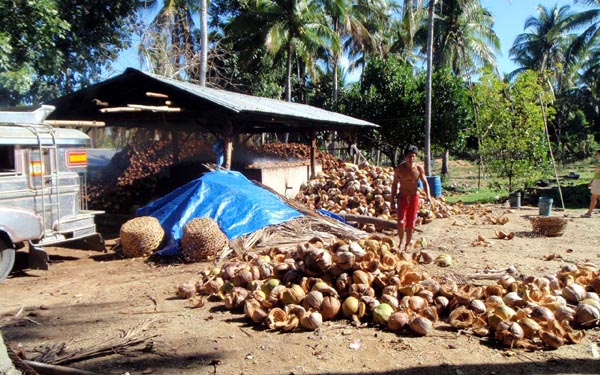
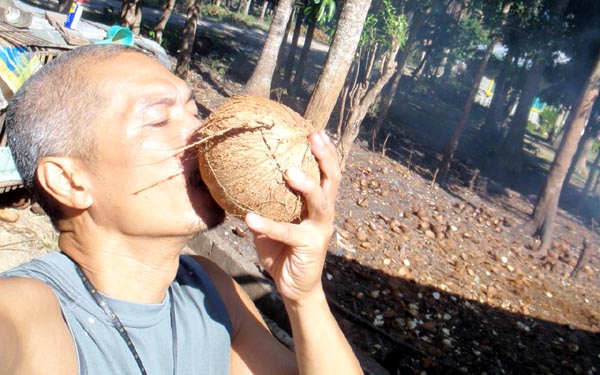
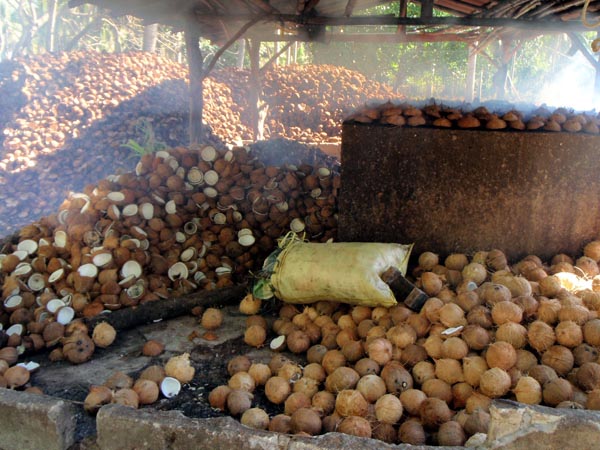
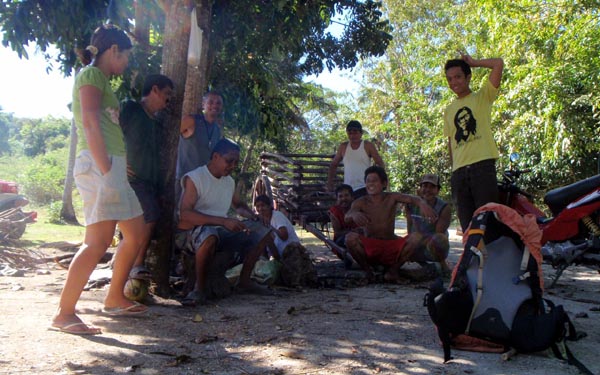
|
 Feb 2, 2010
Feb 2, 2010









 Outdoor Adventure Tours
Outdoor Adventure Tours
 SandCastles Palawan Beach Resort
SandCastles Palawan Beach Resort





